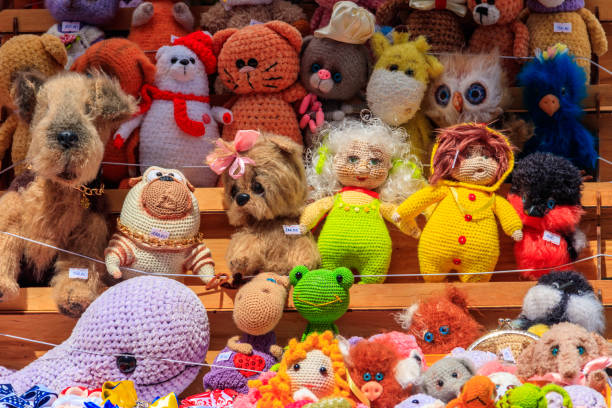
Dolls, as cherished companions and objects of beauty, have undergone a fascinating evolution in design throughout the ages. The journey of doll design reflects not only changes in artistic styles but also technological advancements, societal influences, and cultural shifts. From the delicate craftsmanship of antique dolls to the hyper-realism of contemporary creations, the evolution of doll designs is a captivating story that spans centuries.
1. Antique Elegance: The 19th Century
The 19th century marked the era of exquisite craftsmanship and artistry in doll design. Porcelain and bisque dolls, adorned with delicate features and intricately detailed clothing, became highly sought after. These dolls often reflected the fashion trends of the time, showcasing the meticulous efforts of skilled artisans. The Victorian era, in particular, saw the rise of the fashionable “china dolls,” prized for their lifelike appearance and refined beauty.
2. Playful Innovation: Early 20th Century
As the 20th century dawned, dolls took on a more playful and diverse appearance. The introduction of celluloid, a lightweight and easily moldable material, revolutionized doll production. This era saw the emergence of character dolls and baby dolls, each capturing the innocence and whimsy of childhood. Companies like Effanbee and Madame Alexander contributed to the proliferation of dolls that catered to various tastes and preferences.
3. Mid-Century Modernism: The 1950s and 1960s
The mid-20th century witnessed a shift in doll design influenced by the aesthetics of the era. Plastic and vinyl became popular materials, allowing for mass production and affordability. Iconic dolls like Barbie, introduced in 1959, represented a departure from traditional baby dolls. Barbie’s fashionable wardrobe and diverse career options reflected the changing roles of women in society, making her an enduring cultural icon.
4. Realism and Artistry: Late 20th Century to Present
In the late 20th century, a resurgence of interest in realistic and collectible dolls emerged. Artists began creating dolls that resembled actual infants and toddlers with remarkable accuracy. Reborn dolls, crafted to resemble real babies, gained popularity among collectors seeking lifelike representations. The contemporary doll market showcases a fusion of traditional craftsmanship and cutting-edge technologies, with artists pushing the boundaries of realism and creativity.
5. Technological Marvels: 21st Century Innovations
The 21st century has ushered in a new era of technological advancements in doll design. Interactive dolls equipped with artificial intelligence, robotics, and sensory features have become prevalent. These dolls can respond to touch, express emotions, and even simulate human-like movements. The integration of technology has elevated dolls beyond static playthings, transforming them into dynamic companions that engage with their owners in meaningful ways.
In conclusion, the evolution of doll designs is a testament to the dynamic interplay between art, culture, and technology. From the elegant craftsmanship of antique dolls to the technologically advanced creations of the 21st century, each era contributes to the rich tapestry of doll design history. Collectors and enthusiasts alike continue to be captivated by the diverse and ever-changing world of dolls, where innovation and artistry converge to create timeless treasures.